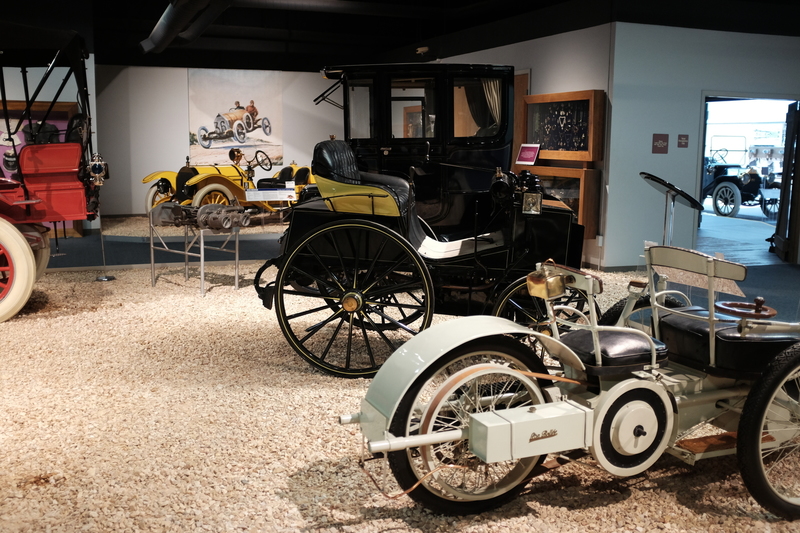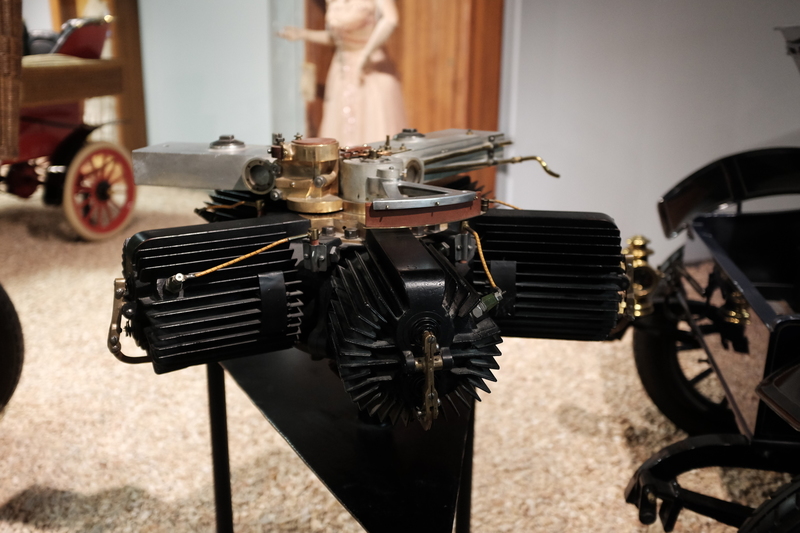All the way to Reno in a French car
19 July 2017
R.E.M. sings "all the way to Reno" in their song about being a star, or becoming one. While it is unclear from what location the person in question originates, driving to Reno will always be a bit of a drive, regardless of from where one starts. Unless one is already in Reno. Or Sacramento or Carson City. Or some of the several other locations somewhat nearby, of which most people outside the area have not heard.
But in Reno, technically, but rather near Reno, I had the pleasure of meeting John Peterson of the Panhard and Deutsch-Bonnet Club in the US. What is Panhard, you might ask. [1] Some brief history.
Panhard et Levassor was a French automobile manufactor established in 1887. In 1891, they showcased (and later patented) the Systéme Panhard which consisted of four wheels, front-mounted engine with rear wheel drive, with a radiator in front of the engine. This may not seem radical now, but this layout became the standard for the next 30 years, and the front-mounted rear-wheel drive layout would be dominante in Europe until the 1970s and in the US until the 1980s.
But actually, this new standard approach to building an automobile may not have been Panhard's and Levassor's biggest achievement. When automobiles began becoming a thing, all these vehicles were built to measure. Panhard decided to build cars without a customer, and instead sold them as standard vehicles. In short, they created the first production cars. This was around 1895.
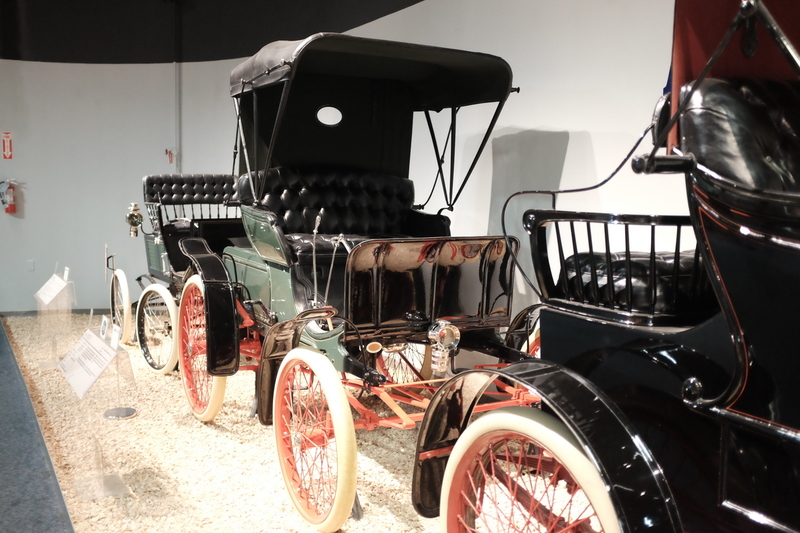
The term 'dashboard' or 'dashing board' comes from a horse carriage, to protect the driver from the horse's dashing.
Additionally, these two entreprenuers wanted people to get excited about cars, but also to see how reliable they were. A lot of people today, think of automotive racing as purely a competitive sport for entertainment, but up until almost the 1950s, racing was used to promote vehicles and their reliability to the general public. In 1895, Levassor came first in the Paris–Bordeaux–Paris Trail of 1178 km, which took him 48 hours.
It is not without reason, that a few petrolheads have managed to get quite an interest in Panhards. Panhard continued to innovate in automotive technology up until 1967, when they were absorbed by Citroën. You may have seen John Peterson before, because another petrolhead that is interested in Panhard is Jay Leno, who has a video about his Panhard wherein Mr Peterson also makes an appearance.
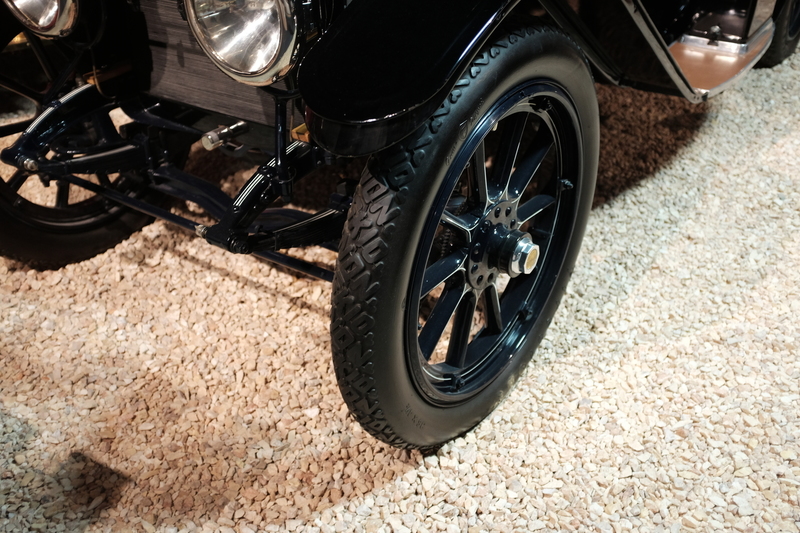
Non-skid tyres, obtained the functionality by simply stating it on them. Manufacturers should just have written 'safe' on their cars rather than invent airbags. At some point, I presume, people caught wind of this.
He showed me the National Automobile Museum in Reno, which is a collection of cars, that was previously owned by a wealthy man, as it so commonly is over here. Well, at this point, I might argue everywhere. The Harrah Collection, as it is also known, have generously donated some of the cars to pay off the wives and ex-wives of Mr Harrah when he passed away.
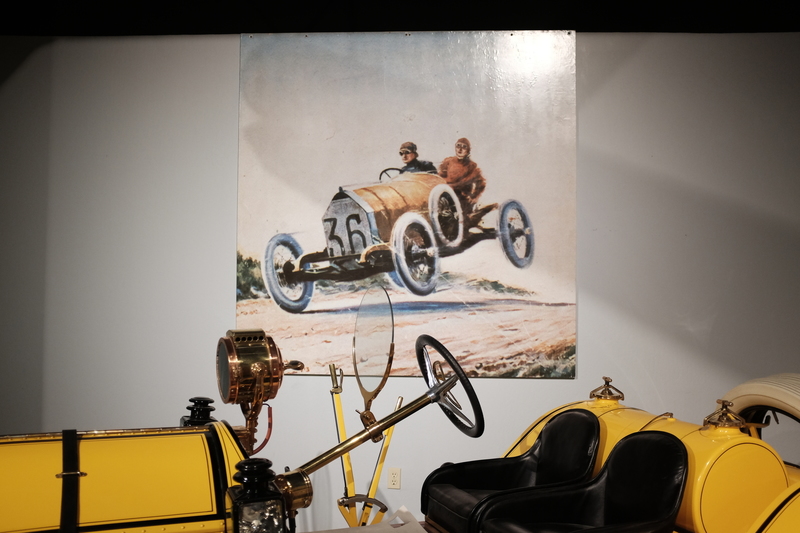
Why is the windscreen gone in the painting? I think we all know why. Windscreens were hard to paint. Glass, how does it work!?
It was quite an impressive collection, but quite frankly, I just want to see more Citroëns, and the collection was a bit short on them. I am too biased, I live in a Citroën bubble, where I can only recognise Citroën's greatness. These are the exact issues that they warn us about, that websites are appealling to one's views and you will not hear the other side of the story.
Well, at least I got to hear about Panhards. And some Stanley steamers. And some early American innovations. Yes, there was a time when Americans used to innovate. Crazy times.
Footnotes
| [1] | For the purpose of this entry, we will not get into details about what 'Deutsch-Bonnet' is. But it is related. |

